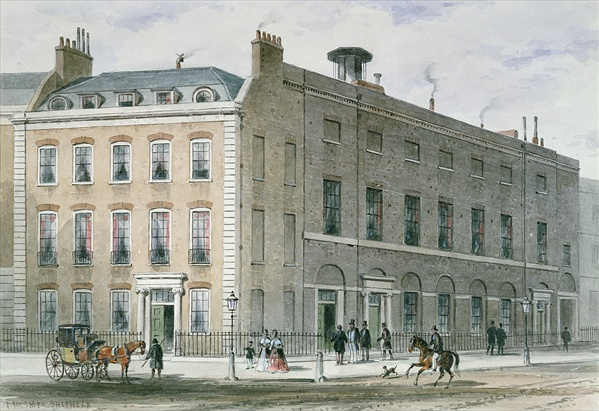After the death of his long-time patron, Prince Nikolaus Esterhazy, Haydn was engaged by the impresario and violinist J. P. Salomon to travel to London in 1791. In return for generous financial terms, Haydn agreed to write operas, symphonies and numerous other pieces for Salomon’s concerts. Haydn so won over London society that he was invited back for a second trip, in 1794. A major attraction of these concerts were Haydn’s celebrated “London Symphonies” (nos. 93-104), which he composed between 1791 and 1795.
Symphony No. 97 was first performed in 1792, at the Hanover Square Rooms in London. A four-movement work, it is full of Haydn’s humor, wit and special effects. Opening with a majestic (though tonally unsettled) Adagio, the following Vivace is built on a powerful C-major descending triad. The contrasting second theme has a folk-tune flavor, full of graceful flourishes. The Adagio Ma Non Troppo is based on a theme and variations, giving prominence to each of the orchestra’s sections, with a contrasting F minor section in the middle. The Menuetto and Trio are fully written out to showcase the musical themes with different orchestrations. In a nod to Salomon, Haydn gave him a violin solo in the last 8 bars of the trio, played an octave higher than the other violins! The final Presto Assai is a sparkling rondo, with unexpected key changes and rhythmic surprises to the very end.
Symphony No. 97 in C Major
Hob. I/97
Composed in 1792
By Franz Joseph Haydn






